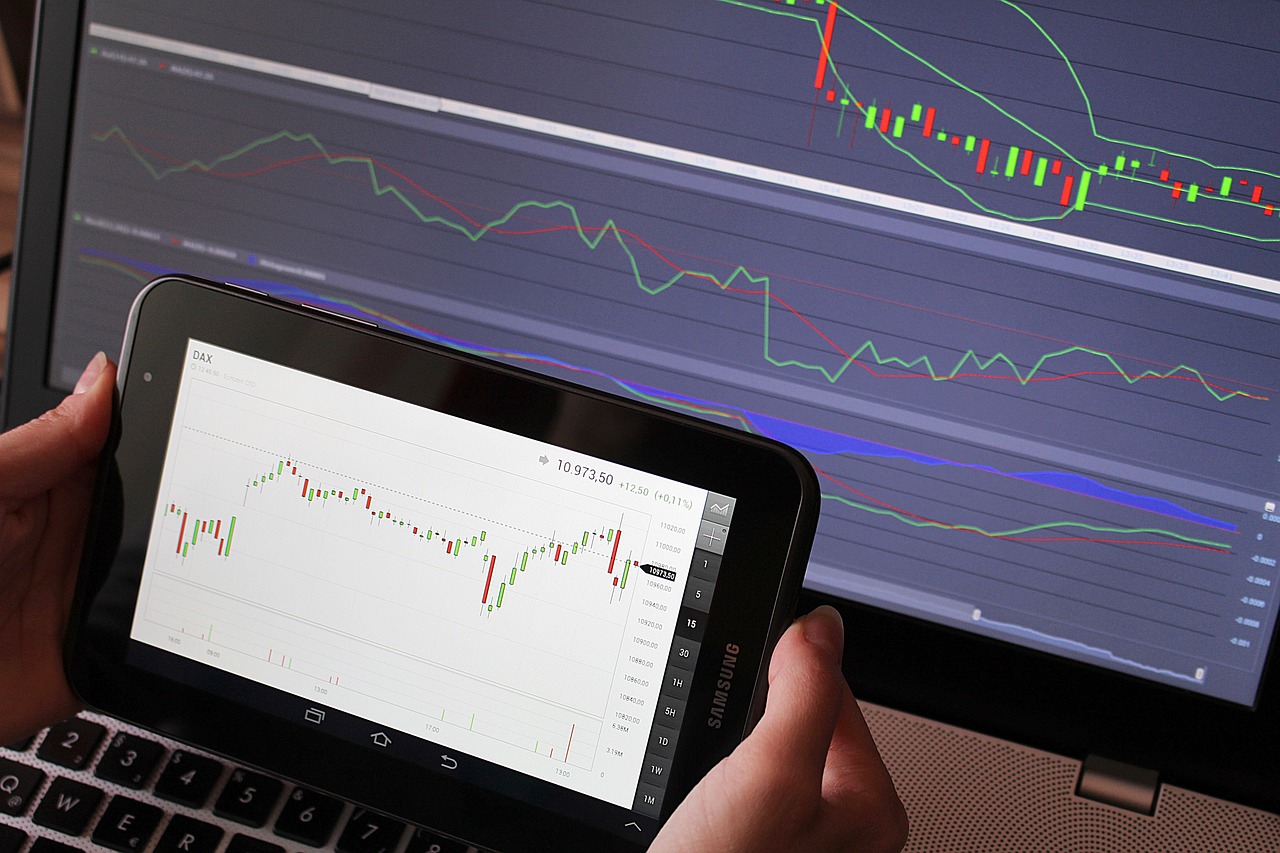Forex Trading: Key Concepts, Strategies, and Risks
- Forex stands for “foreign exchange.”
- Largest financial market globally.
- Currency trading between pairs.
- Open 24 hours a day, five days a week.
- Over $6 trillion daily trading volume.
- Major participants include banks, traders, and corporations.
How Forex Trading Works
- Trading currencies in pairs (e.g., EUR/USD).
- Exchange rate determines currency value.
- Buy low, sell high strategy.
- Leverage allows higher potential returns.
- Forex brokers facilitate trades.
- Spreads determine transaction cost.
Key Forex Trading Terminologies
- Pip: Smallest price movement.
- Lot: Unit size of a trade.
- Leverage: Borrowed funds for larger trades.
- Spread: Difference between buy and sell price.
- Margin: Required capital for leveraged trades.
- Stop Loss: Order to limit losses.
- Take Profit: Order to secure profits.
Major Currency Pairs
- EUR/USD: Most traded currency pair.
- GBP/USD: British Pound to US Dollar.
- USD/JPY: U.S. Dollar to Japanese Yen.
- AUD/USD: Australian Dollar to U.S. Dollar.
- USD/CHF: U.S. Dollar to Swiss Franc.
Types of Forex Orders
- Market Order: Execute at current price.
- Limit Order: Set a specific entry price.
- Stop Order: Activate once price reaches a level.
- Trailing Stop: Adjusts stop loss as price moves.
- OCO (One Cancels Other): Two orders, one cancels the other.
Forex Trading Strategies
- Scalping: Quick trades for small profits.
- Day Trading: Opening and closing positions within a day.
- Swing Trading: Hold positions for days or weeks.
- Position Trading: Long-term trades based on trends.
- Carry Trade: Borrow low-interest currency to invest in high-interest.
Risk Management in Forex
- Use stop-loss orders to limit risk.
- Determine position size based on risk tolerance.
- Diversify trades across currency pairs.
- Avoid over-leveraging your account.
- Regularly assess and adjust risk management.
Understanding Leverage in Forex Trading
- Amplifies both potential profits and risks.
- Broker offers varying leverage ratios.
- 50:1 leverage means borrowing 49 times the deposit.
- High leverage increases risk of margin calls.
- Proper leverage use requires discipline and caution.
Fundamental Analysis in Forex
- Economic indicators impact currency value.
- GDP, unemployment, inflation influence trends.
- Central bank policies affect interest rates.
- Political stability affects market confidence.
- News events cause price volatility.
Technical Analysis in Forex
- Analyzing historical price movements.
- Charts like candlesticks and line graphs.
- Key indicators: RSI, MACD, moving averages.
- Trend lines identify market direction.
- Patterns like head and shoulders signal reversal.
Psychology of Forex Trading
- Emotions influence trading decisions.
- Fear and greed drive market volatility.
- Emotional control is key to success.
- Avoid chasing losses or overtrading.
- Develop a trading plan and stick to it.
Choosing a Forex Broker
- Research broker’s reputation and regulation.
- Low spreads and competitive commission rates.
- User-friendly trading platform.
- Customer support availability and quality.
- Access to educational resources for traders.
Forex Trading Platforms
- MetaTrader 4 (MT4) and MetaTrader 5 (MT5).
- Web-based and mobile trading apps.
- Charting tools for technical analysis.
- Order types: market, limit, stop.
- Secure data encryption for safety.
Benefits of Forex Trading
- High liquidity ensures fast execution.
- Flexibility to trade anytime.
- Leverage allows large position with small capital.
- Diverse currency pairs to trade.
- Opportunity to profit in both rising and falling markets.
Risks in Forex Trading
- Market volatility can lead to losses.
- Over-leveraging can trigger margin calls.
- Currency prices influenced by global events.
- Risk of emotional decision-making.
- Broker risks and fraud potential.
Conclusion
- Forex trading offers high potential rewards.
- Requires solid knowledge and strategy.
- Risk management is crucial for longevity.
- Stay disciplined and avoid emotional trading.
- Constant learning improves trading outcomes.











